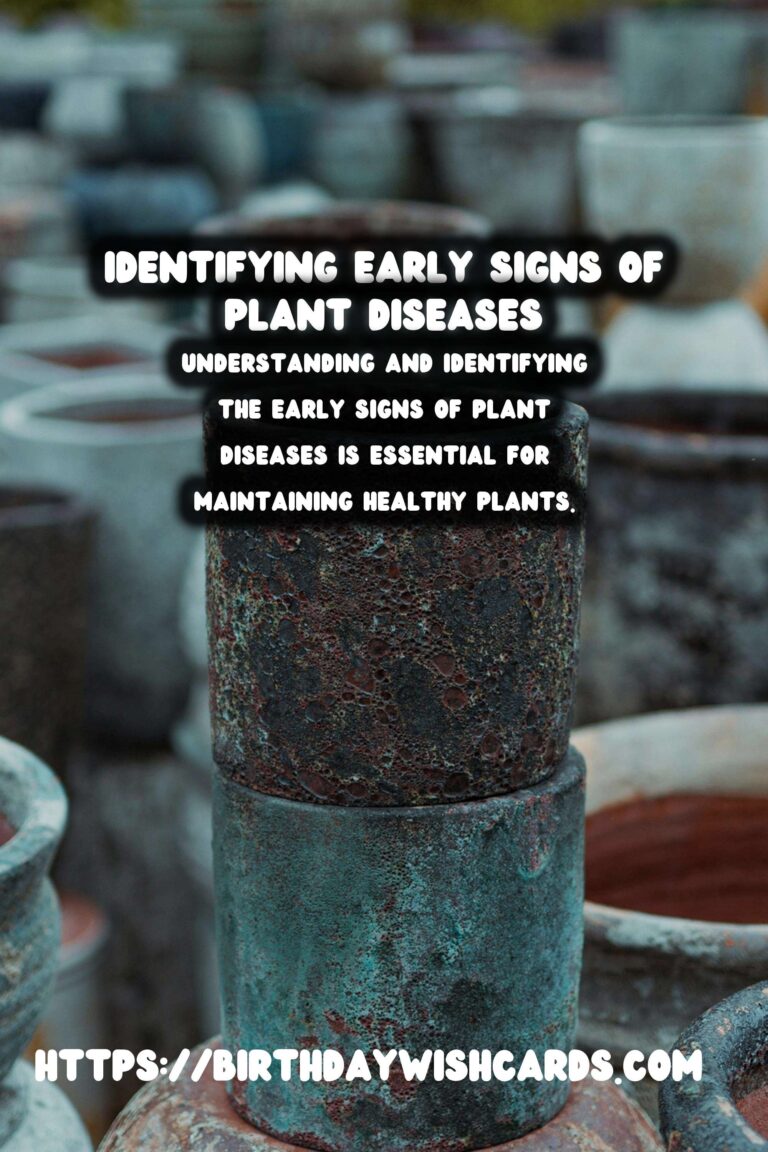
Plant diseases can significantly affect the health and yield of your garden or farm. Early detection of these diseases is crucial for effective management and to minimize damage. In this comprehensive guide, we delve into the common signs of plant diseases, how to identify them early, and what measures you can take to control their spread.
Why Early Detection is Important
Detecting plant diseases early can save your plants from severe damage and potential death. Early intervention allows you to treat the issue before it spreads, thus preserving the health of your plants and ensuring a good yield. Moreover, understanding the early signs of plant diseases can help in preventing future outbreaks.
Common Early Signs of Plant Diseases
1. Leaf Spots and Discoloration
One of the most noticeable early signs of plant diseases is the appearance of spots or discoloration on leaves. These could be caused by fungal, bacterial, or viral infections. Early spotting can range from tiny dots to large patches and may be yellow, brown, or black.
2. Wilting
Wilting is often a sign of root issues or vascular diseases. If you notice your plant wilting despite adequate watering, it might be suffering from a disease affecting its ability to transport water and nutrients.
3. Stunted Growth
Plants that are not growing as they should might be affected by diseases that inhibit their development. Look for signs of stunted growth, such as smaller leaves or stems, to identify potential issues early.
4. Mold or Mildew
The presence of mold or mildew on leaves or stems is a clear indication of a fungal infection. This often appears as a white, powdery substance that can spread rapidly if not treated.
5. Distorted Leaves or Fruit
Deformed leaves or fruit can signal a viral infection. These distortions can include curling, puckering, or misshapen growths.
Steps to Control and Manage Plant Diseases
Once you have identified early signs of disease in your plants, the next step is to control and manage the issue. Here are some practical steps:
1. Isolate Affected Plants
To prevent the spread of the disease, isolate affected plants from healthy ones. This is particularly important in a garden or greenhouse setting.
2. Prune Infected Areas
Remove and destroy infected plant parts such as leaves, stems, or fruit to reduce the source of infection and prevent it from spreading.
3. Use Appropriate Treatments
Depending on the type of disease, apply appropriate fungicides, bactericides, or other treatments. Always follow the manufacturer’s instructions for safe and effective use.
4. Improve Plant Health
Enhancing the overall health of your plants can make them more resistant to diseases. Ensure they receive adequate nutrients, water, and sunlight.
5. Practice Crop Rotation
Crop rotation can help prevent soil-borne diseases from becoming established in your garden. Rotate different plant families in your garden beds each season.
Conclusion
Understanding and identifying the early signs of plant diseases is essential for maintaining healthy plants. By taking proactive measures, you can protect your plants from severe outbreaks and ensure a thriving garden. Remember, the key to managing plant diseases is vigilance and timely intervention.
Early detection of plant diseases is crucial for effective management and to minimize damage. Leaf spots, wilting, stunted growth, mold, and distorted leaves are common early signs of plant diseases. Isolating affected plants, pruning infected areas, and using appropriate treatments are steps to control plant diseases. Enhancing plant health through proper care can make them more resistant to diseases. Understanding and identifying the early signs of plant diseases is essential for maintaining healthy plants. 
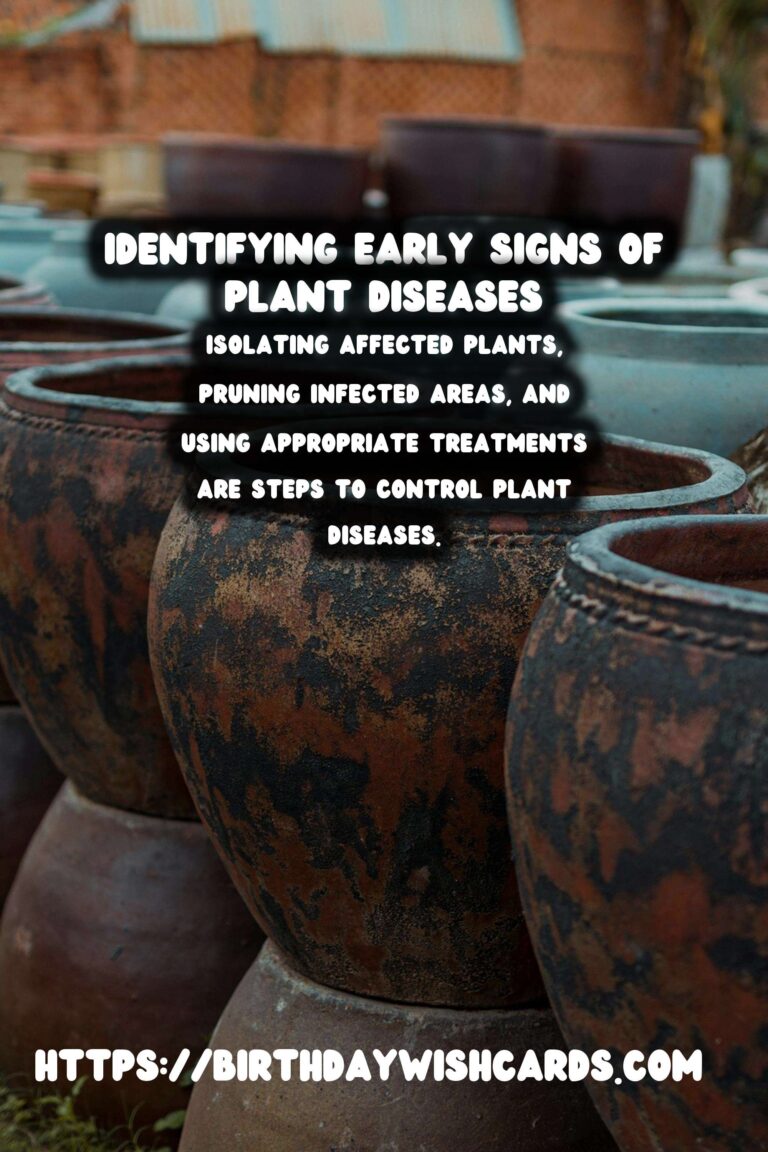
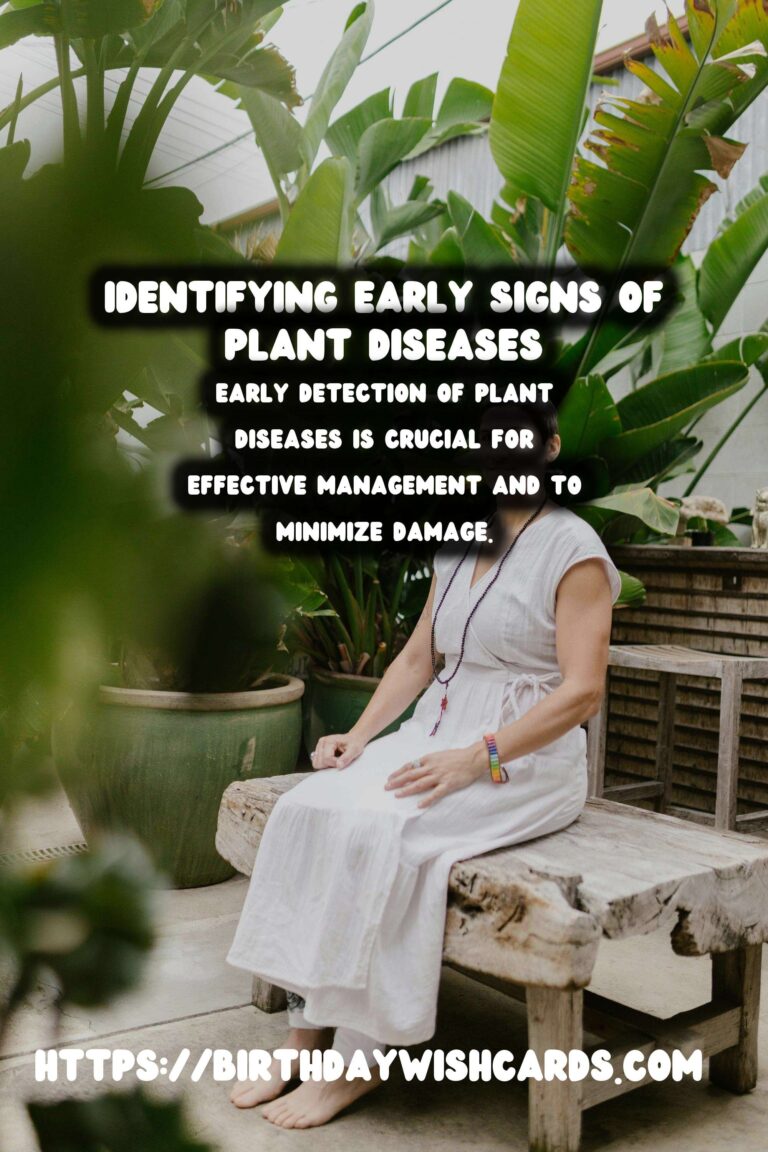
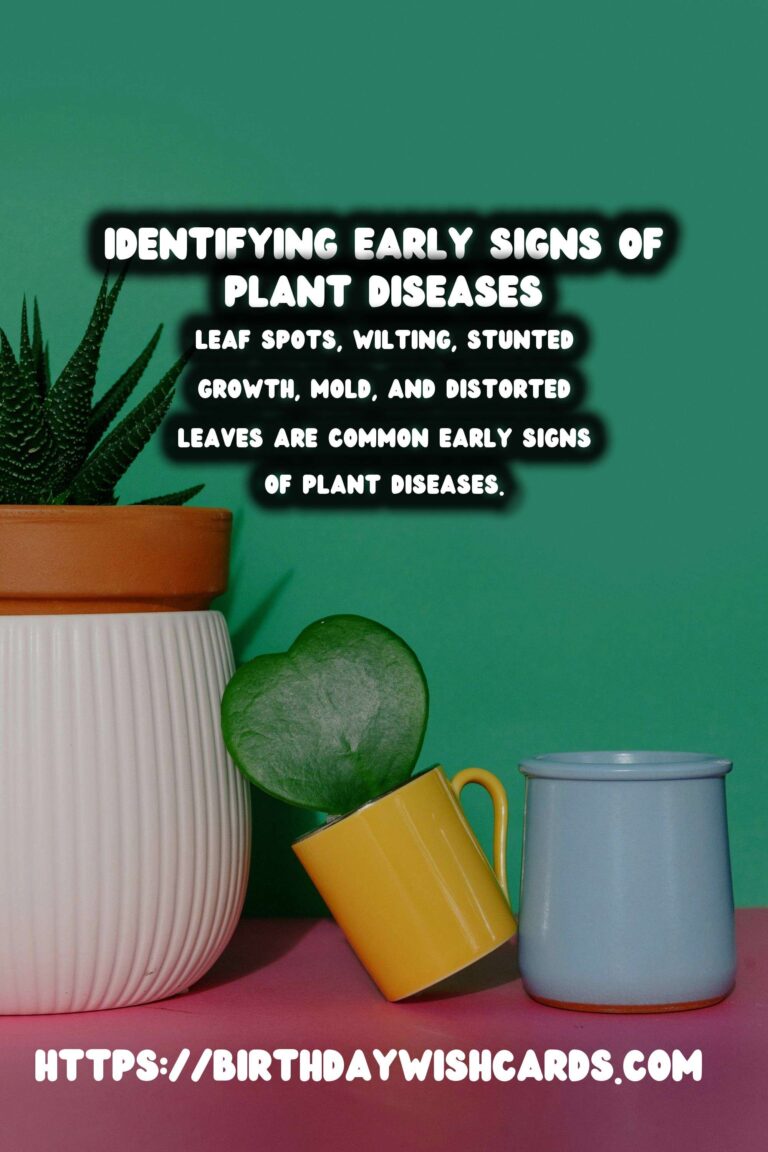
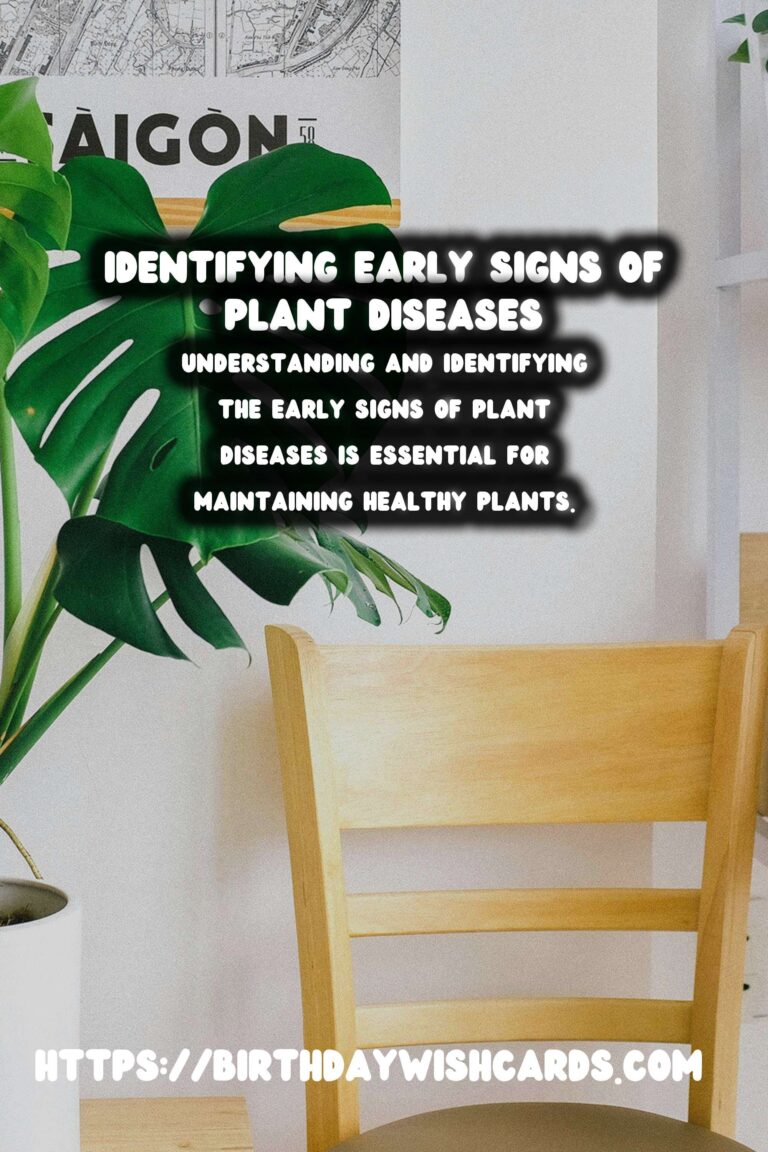
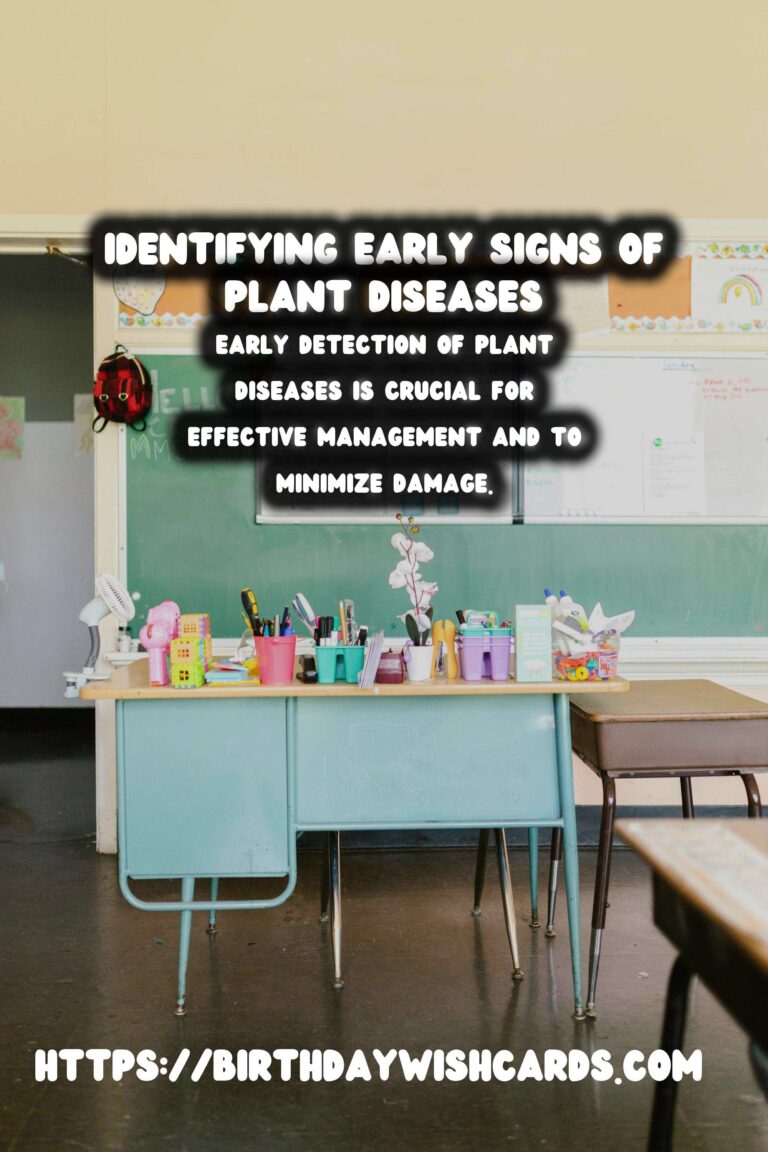
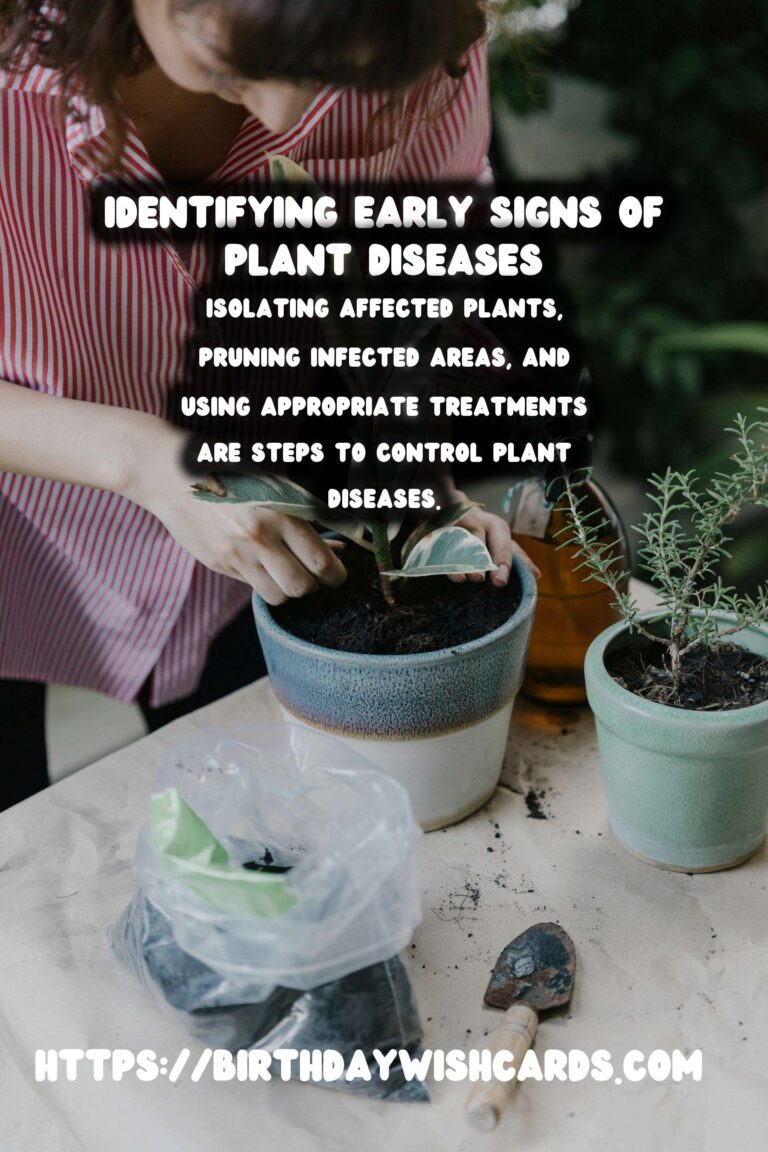
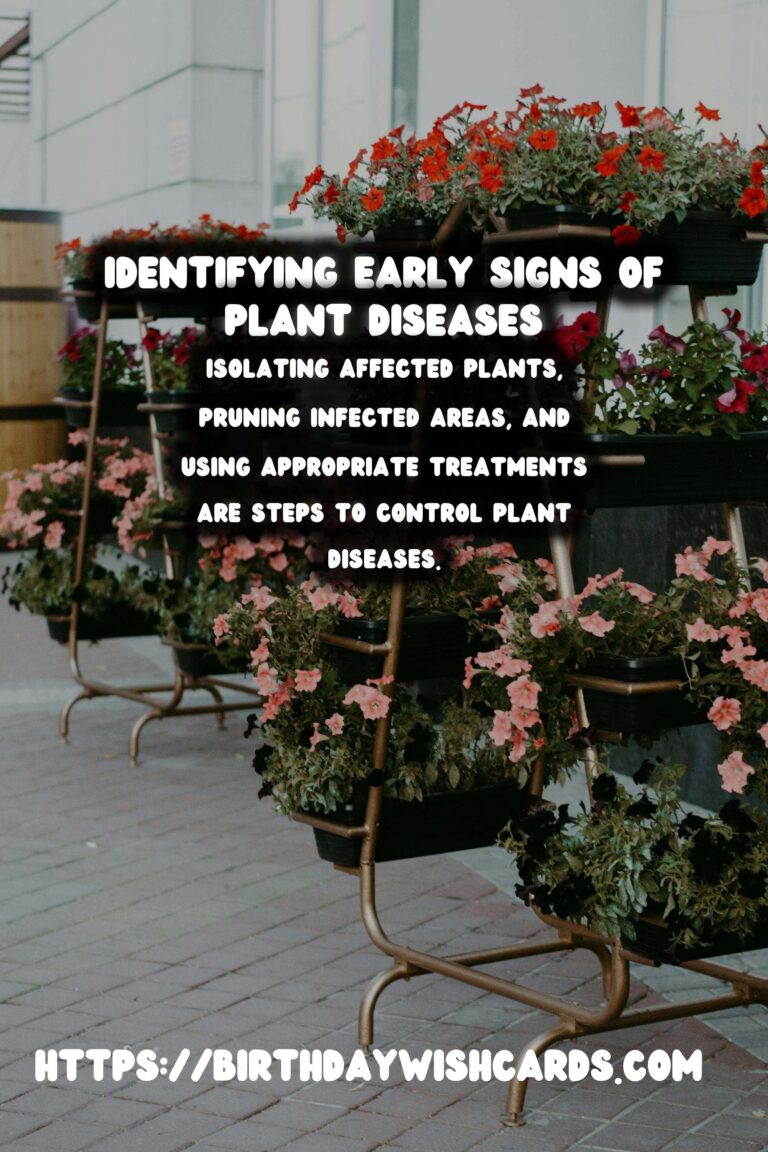
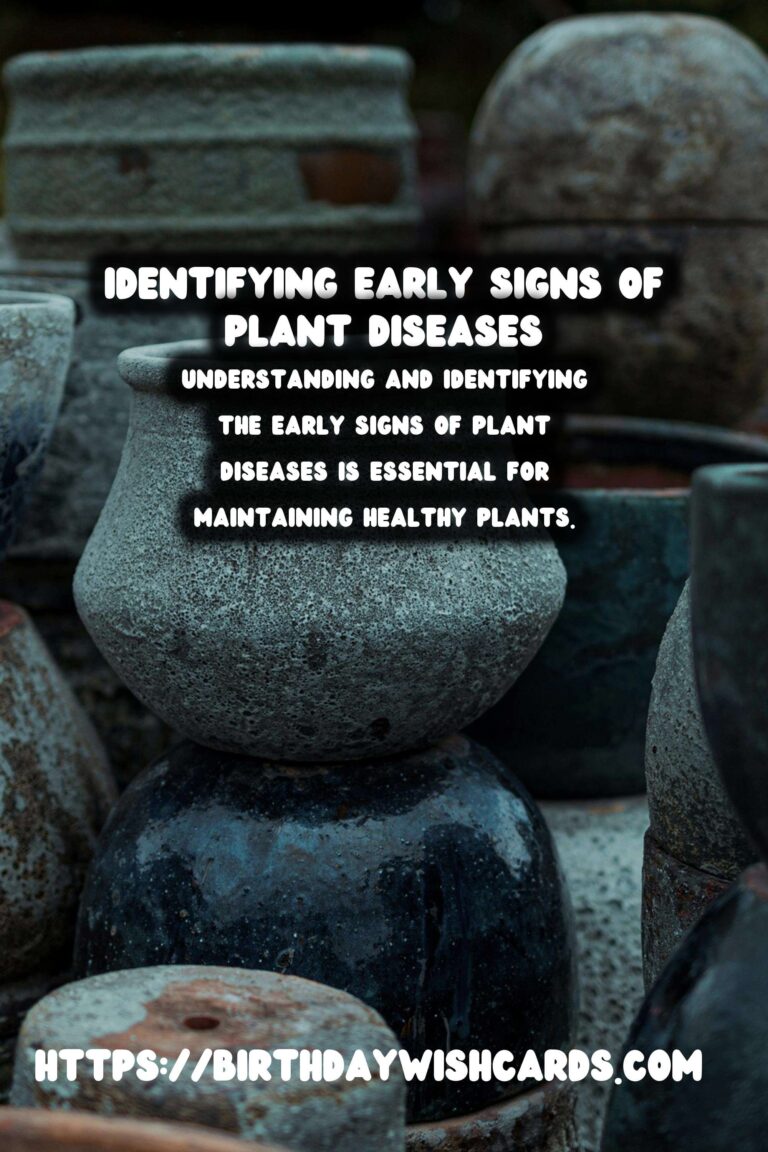
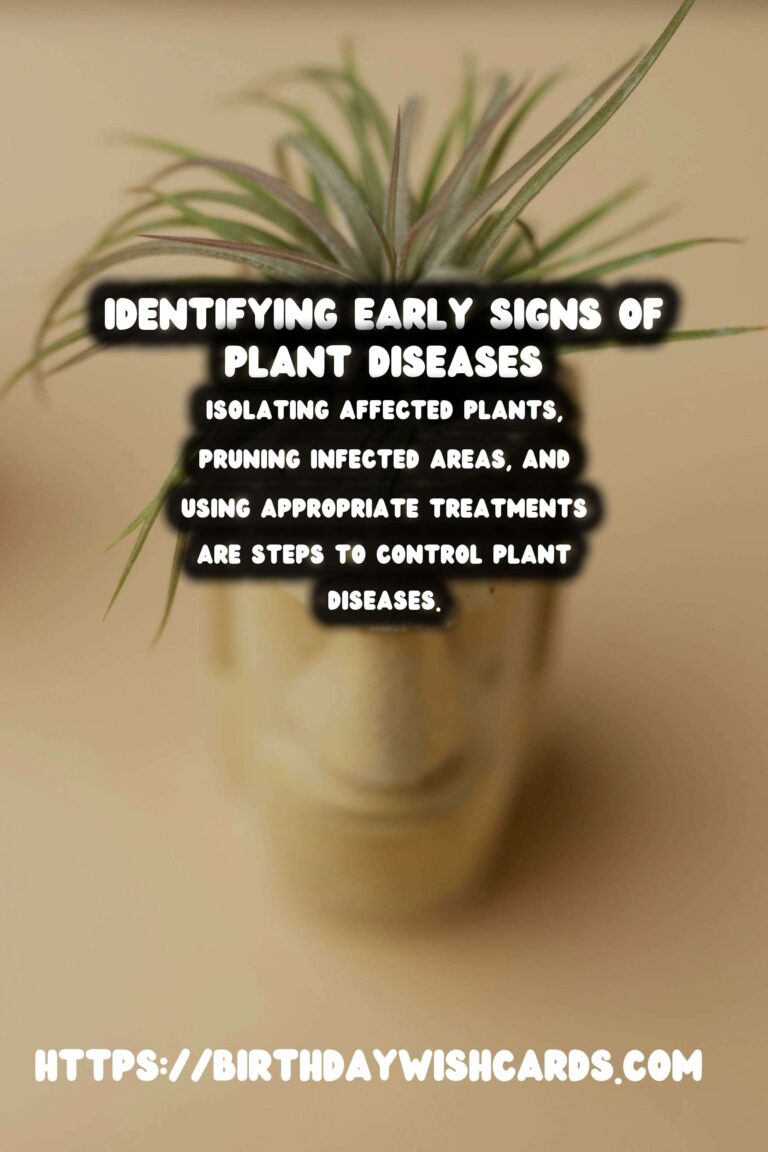
#PlantDiseases #GardeningTips #PlantHealth #GardenCare #PlantCare




